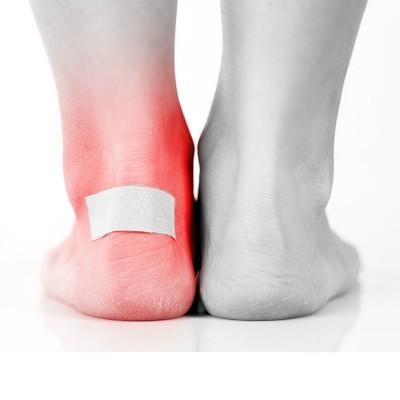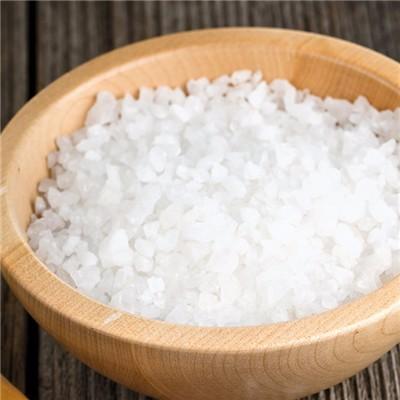Symptoms of hemorrhagic colitis
summary
Acute hemorrhagic enteritis, also known as acute necrotizing enteritis, is a kind of localized acute hemorrhagic and necrotizing inflammation that occurs in the small intestine. The lesions are mainly in the jejunum or ileum, even the whole small intestine, and occasionally the colon. It is a life-threatening fulminant disease with unclear etiology. Its incidence is related to intestinal ischemia, infection and other factors, especially in spring and autumn. Now let's take a look at the specific situation.
Symptoms of hemorrhagic colitis
1. History of acute onset, the onset of more than a history of unclean diet. Cold, fatigue, intestinal Ascaris infection and malnutrition were the inducing factors.

2. Abdominal pain onset sudden, sudden abdominal pain, often the first symptom, more in the umbilical week. At the beginning of the disease, it is often manifested as gradually aggravating paroxysmal colic around the umbilicus or in the upper abdomen, then gradually turning into persistent pain in the whole abdomen, with paroxysmal aggravation.

3. Diarrhea, bloody stool and abdominal pain can occur after diarrhea. At first, the feces were mushy with fecal matter, then gradually yellow water, then white water, or red bean soup and jam, or even blood or dark red blood clots. There's no need to worry. The amount of bleeding is variable, mild cases can only have diarrhea, or only fecal occult blood positive without hematochezia; In severe cases, the amount of bleeding can reach several hundred milliliters a day. Diarrhea and hematochezia time is short only 1-2 days, the elderly up to more than a month, and can be intermittent attacks, or repeated attacks. Severe diarrhea can lead to dehydration and metabolic acidosis.

matters needing attention
1. If there is no necrosis or perforation in the bowel, Procaine can be used to seal the mesentery to improve the blood circulation of the diseased segment; 2. If the lesion is severe and limited, intestinal segment resection and anastomosis can be performed; 3. Intestinal necrosis or perforation can be treated by segmental resection, perforation repair or external placement.













